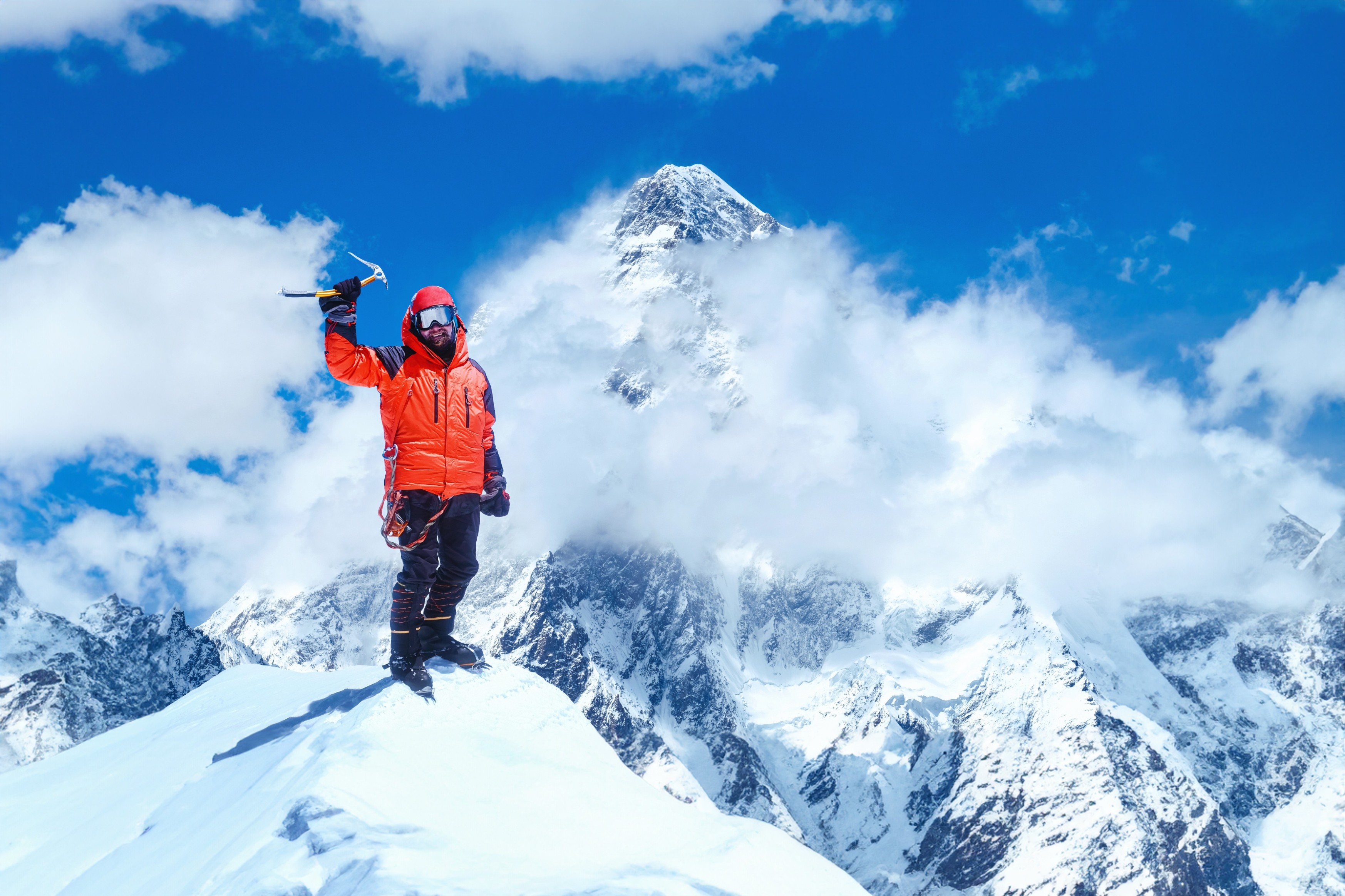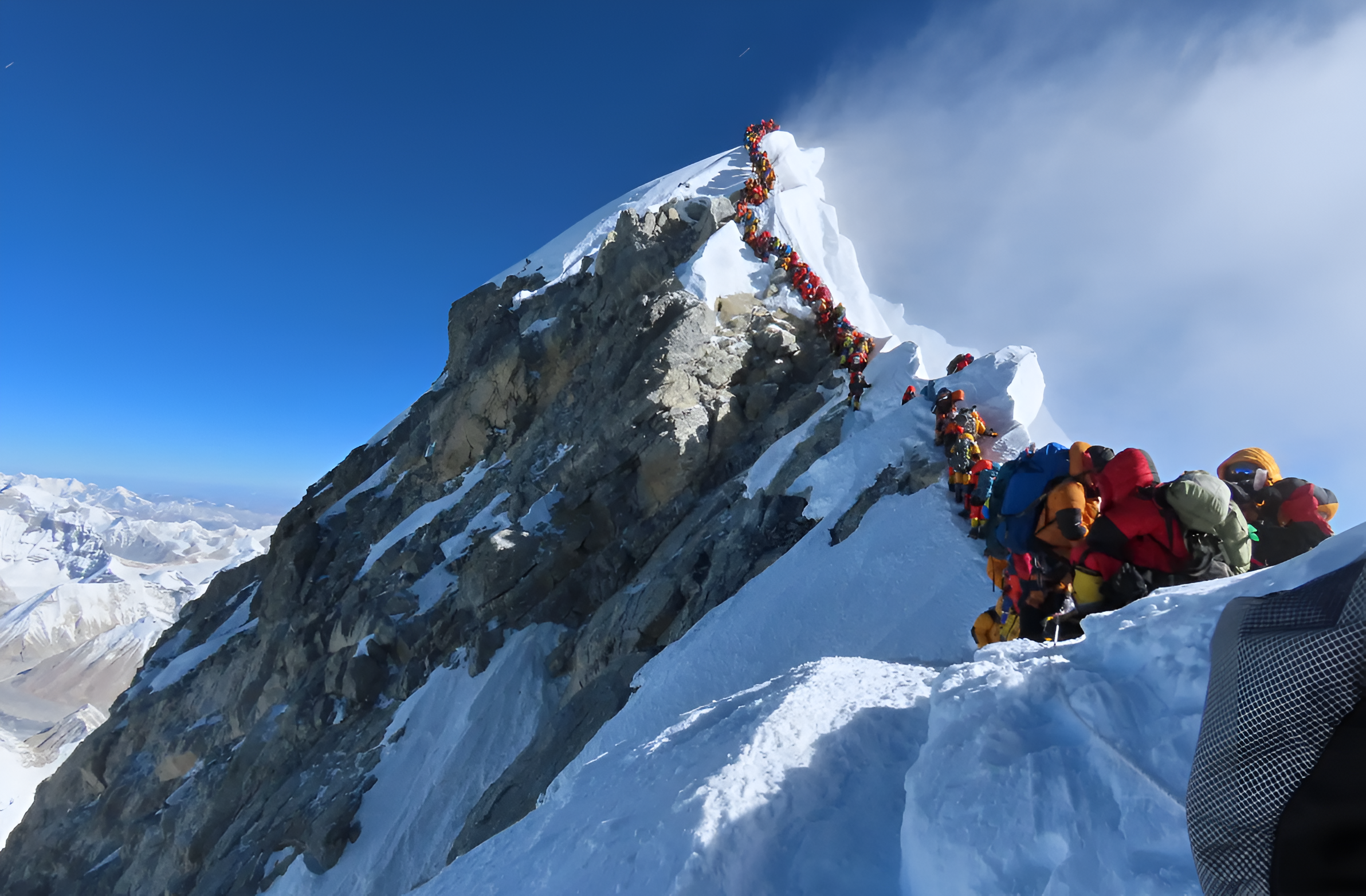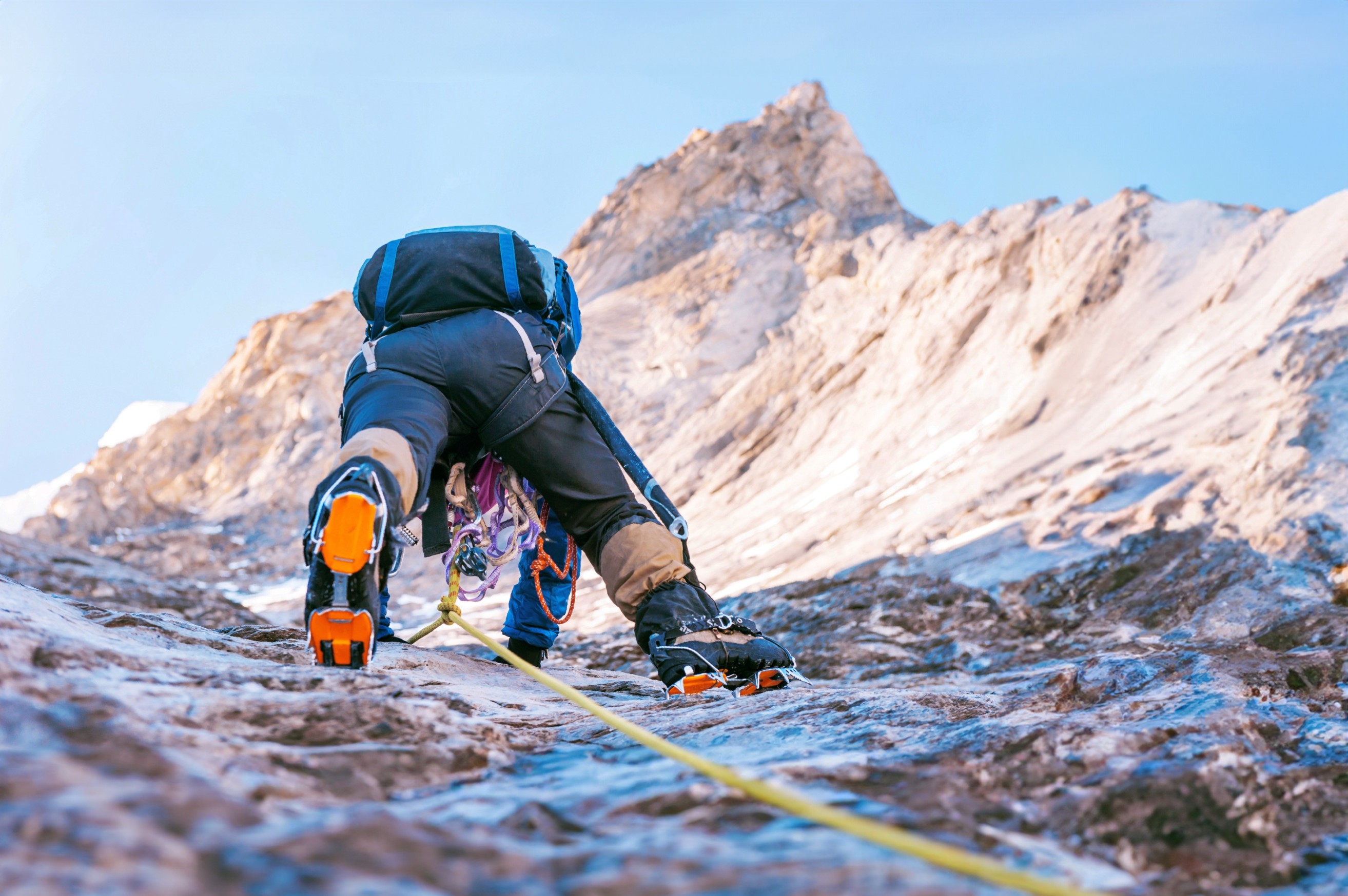The Deadly Obsession with Everest
Mount Everest, the world's tallest peak, has long captured the imaginations of adventurers and dreamers alike. Towering at 8,848 meters, it symbolizes triumph, perseverance, and the allure of being "on top of the world." But behind the glamorized photos and success stories lies a darker truth—a deadly obsession that has claimed lives, strained relationships, and raised profound ethical questions. For many, the mountain is not just a challenge; it becomes an obsession that blurs the line between ambition and recklessness.
The Siren Call of Everest: Why Do People Risk Everything?
A Milestone of Human Achievement
For many climbers, summiting Everest represents the ultimate life accomplishment. It’s not just a mountain; it’s a metaphorical Everest—a challenge that pushes the human spirit to its limits. A Reddit user shared, “For me, it wasn’t about fame or recognition. It was about testing what I’m made of, physically and mentally. Reaching the summit was a moment of profound self-discovery.”
But why does Everest hold such an irresistible allure? Part of its charm lies in its history. Since Sir Edmund Hillary and Tenzing Norgay's historic ascent in 1953, Everest has become the pinnacle of mountaineering. Climbers are drawn not only by its height but by the chance to etch their names into history.
A Badge of Prestige in a Competitive World
For some, summiting Everest is less about personal growth and more about external validation. It’s a status symbol or testament to one's grit. In recent years, social media has amplified this narrative, with climbers sharing triumphant selfies from the summit. The mountain has become as much about likes and shares as it is about personal fulfillment.


The Commercialization of Everest: A Double-Edged Sword
Easier Access, Higher Risks
Everest has become significantly more accessible over the past few decades, thanks to the rise of commercial expedition companies. Guide companies offer guided climbs, complete with logistical support, Sherpa assistance, and oxygen supplies. While this democratization of Everest has allowed more climbers to achieve their dreams, it has also led to overcrowding and increased risks.
During the 2019 climbing season, a photo of a human traffic jam near the summit went viral, illustrating just how congested the mountain has become. These overcrowded conditions have transformed Everest into a high-altitude waiting line, where climbers face exhaustion, frostbite, and diminishing oxygen levels—all while surrounded by others who are equally desperate to reach the top.


The Price of Accessibility
The commercialization of Everest has also created a stark disparity between those who can afford luxury expeditions and those who cannot. Guided climbs can cost anywhere from $35,000 to $100,000, pricing out many skilled but financially constrained mountaineers. Meanwhile, those with deeper pockets but less experience often find themselves in over their heads, relying heavily on guides and Sherpas to make the ascent possible.
Stories of Triumph—and Tragedy
Surviving Against All Odds
Dave Carter, an Indiana climber, epitomizes the duality of Everest. After two failed attempts, he finally summited in 1997. His descent, however, became a near-death ordeal involving hypoxia and frostbite. His story, shared by his daughter, highlights the razor-thin line between success and tragedy on Everest. For Dave, the mountain was more than a physical challenge; it was a life-altering experience that reshaped his perspective.
The Cost of Hubris
Not all stories end in triumph. In May 1996, a tragic storm claimed the lives of eight climbers in what remains one of Everest's deadliest seasons. Chronicled in Jon Krakauer's book Into Thin Air, the disaster revealed how ambition, poor decision-making, and unpredictable weather can create a deadly cocktail.
The Role of Sherpas: Heroes in the Shadows
While climbers chase glory, the Sherpas of Everest carry the weight—literally and figuratively. These indigenous guides undertake the riskiest tasks, from fixing ropes to carrying heavy loads, often for a fraction of the price paid by climbers. Despite their invaluable contributions, Sherpas face immense dangers. Over 40% of fatalities on Everest are Sherpas, a sobering statistic that underscores their sacrifice.
Lhakpa Sherpa, who has summited Everest ten times, represents both the triumphs and struggles of her community. While her accomplishments are celebrated, they also highlight the physical and emotional toll of guiding others up the mountain.
The Ethics of Climbing: At What Cost?
To Help or to Summit?
One of the most harrowing dilemmas climbers face is whether to assist others in distress or continue toward the summit. In 2006, David Sharp died near the summit as dozens of climbers passed him by. The incident sparked outrage and forced the climbing community to confront uncomfortable truths about ethics and survival on the mountain.
Environmental Impact
The obsession with Everest has also left a scar on the mountain itself. Trash, abandoned gear, and even human waste litter the slopes, earning Everest the nickname "the world’s highest garbage dump." Efforts to clean up the mountain are underway, but they struggle to keep pace with the growing number of climbers.
Keep reading: Everest Climbing: How To Do It Responsibly
The Psychology of Obsession: Why Can’t We Let Go?
The Summit Fever Phenomenon
"Summit fever" is a well-documented psychological state where climbers become so fixated on reaching the top that they ignore warning signs and safety concerns. This tunnel vision can lead to fatal decisions, such as pushing through adverse weather or bypassing acclimatization.
The Need for Redemption
For some climbers, Everest becomes a personal proving ground. Failed attempts often fuel an even stronger obsession.


Moving Forward: Rethinking Our Relationship with Everest
As the death toll rises and the mountain faces mounting environmental and ethical challenges, it’s time to reassess our approach to Everest. Climbers must strike a balance between ambition and respect for the mountain, prioritizing sustainability and safety.
The Cost of the Ultimate Dream
The obsession with Everest is a double-edged sword. For some, it represents the pinnacle of human achievement; for others, it’s a cautionary tale of ambition gone awry. As climbers continue to chase the dream, we must remember the costs—personal, ethical, and environmental. Only by respecting the mountain and its complexities can we ensure that Everest remains a place of wonder and inspiration, not a symbol of human folly.